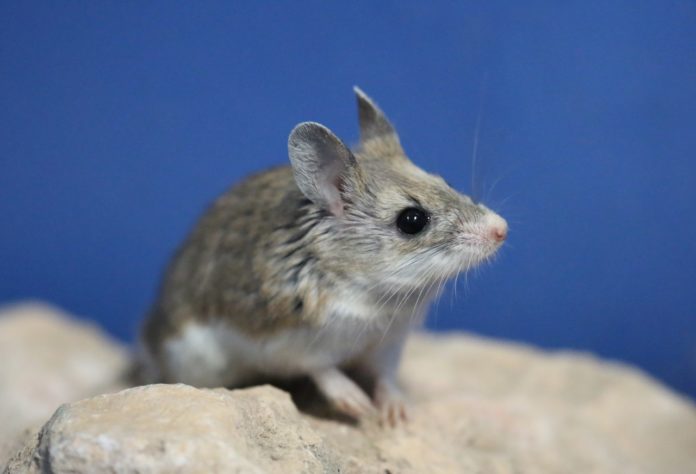According to a new research by Northern Arizona University, Midwestern University at Glendale and Ritsumeikan University in Japan have recently found that Grasshopper mice produce sound like humans.
In actual, Grasshopper mice have a loud voice. They usually produce audible vocalizations in the same way that humans speak and wolves howl. The mice also have both traditional whistle-like mechanism and a unique airflow-induced tissue vibration like that of humans.
Scientists conducted heliox experiments, laryngeal and vocal tract morphological investigations and biomechanical modeling to investigate how grasshopper mice produce spectacular long-distance calls.
Lead author Bret Pasch said, “This is the first evidence that mice produce sound like humans and sets the stage for studies on vocal injuries and aging. Moreover, the research provides a baseline for a larger comparative analysis of vocalizations in rodents, which comprise more than 40 percent of mammalian diversity but whose many voices remain undiscovered.”
Like most mice, grasshopper mice produce ultrasonic vocalizations above the range of human hearing via whistle like mechanisms. They also produce long-distance audible vocalizations or advertisement vocalizations. Both male and female animals often assume an upright posture and open their mouths widely to generate a loud call.
Imaging the voice box of grasshopper mice revealed a thin layer of connective tissue and a tiny structure called a vocal membrane previously only described in detail in echolocating bats. The mice also possess a bell-shaped vocal tract, similar in shape to a loudspeaker, which increases vocal intensity, just like opera singers.
